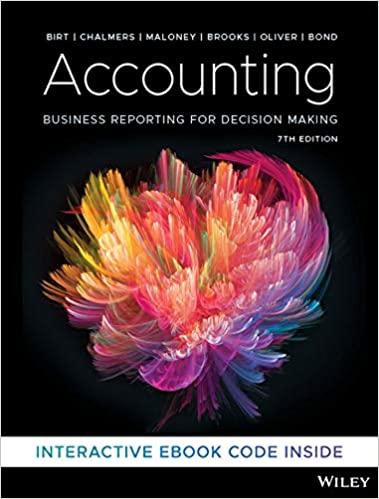Problem 21-06 The management of a conservotive firm has adppted a policy of never estang sebt exceed 40 percent of total financing The firm wil earl $18,000,000 but distnbute 40 percent in dividends, so the firm will have $10,600,000 to add to retained esmings, Currently the peice or the stock is -560; the company pays a $2 per share dividend, which is expected to arow annually ar 12 percent, If the company sells new shares, the net to the compony wit be 558 , Given this ifformation, whst is tha a. cost of retainod earnings? Round your answer to one decimal place b. cost of new common stock? Round your answer to one decimal place. (2) The rate of interest on the firm's long-term debt is 11 percent and the firm is in the 32 percent income tax bracket. 1 the firm issues more than \$3,000,000, the interest rate will rise to 12 percent Given this information, what is the c. cost of debt? Round your answer to one decimal place. (3) d. cost of debt in excess of 53,000,000 ? Found your answer to one decimal place. The firm roises funds in increments of $2,600,000 consisting of $1,040,000 in debt and $1,560,000 in equity. This strategy maintains the capital structure of 40 pereent debt and 60 percent equity. Develop the marginal cost of capital sctiedule through $10,000,000. Round your answers for the breakpoints to the nearest dollar and for the marginal costs to one decimal place. The marginai cost of cepital schedule: $05 cost of debt: (2) cost of equity? (2) % cost of copital: (8) % cosk of debt (3) % cost of equity: (8) % cost of capitali (2) aboves What impact would each of the following have on the marginal cost of capital schedile? e. the firm's income tax rate increases If income tax rates were to rise, the effective cest of debt would (3), and the marginal cost of capital would 8 at all ievels. f. the firm retains all of its eamings and the price of the stock is unaffected, Round your answers for the break-point to the nearest doitar and for the marginal costs to one decimal ploce, The marginal cost of capital schedule: aboves cost of debt: cost of equity: cost of capital: (3) % (2) % (8) % $10,000,000 is insufficient to meet attractive investment opportunities








